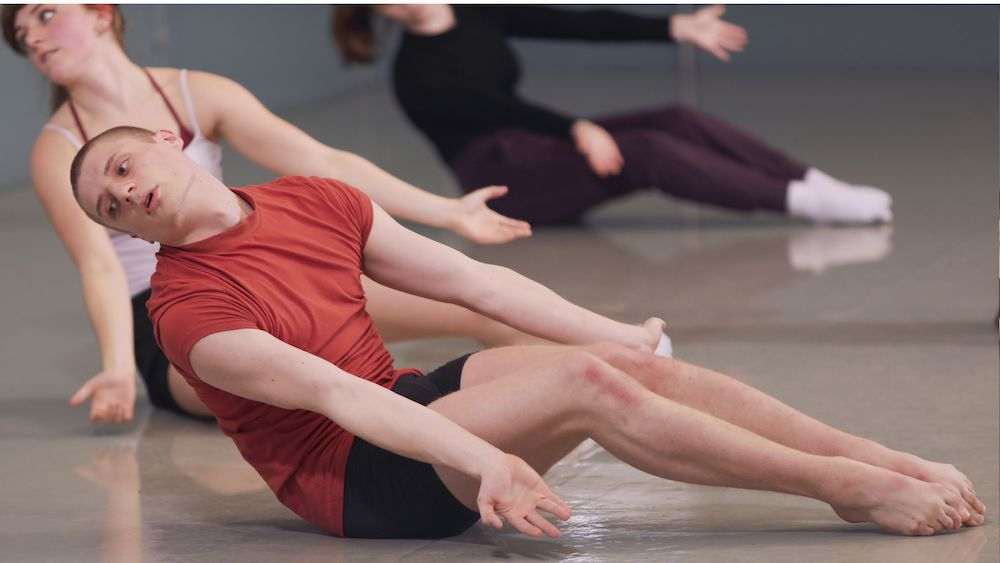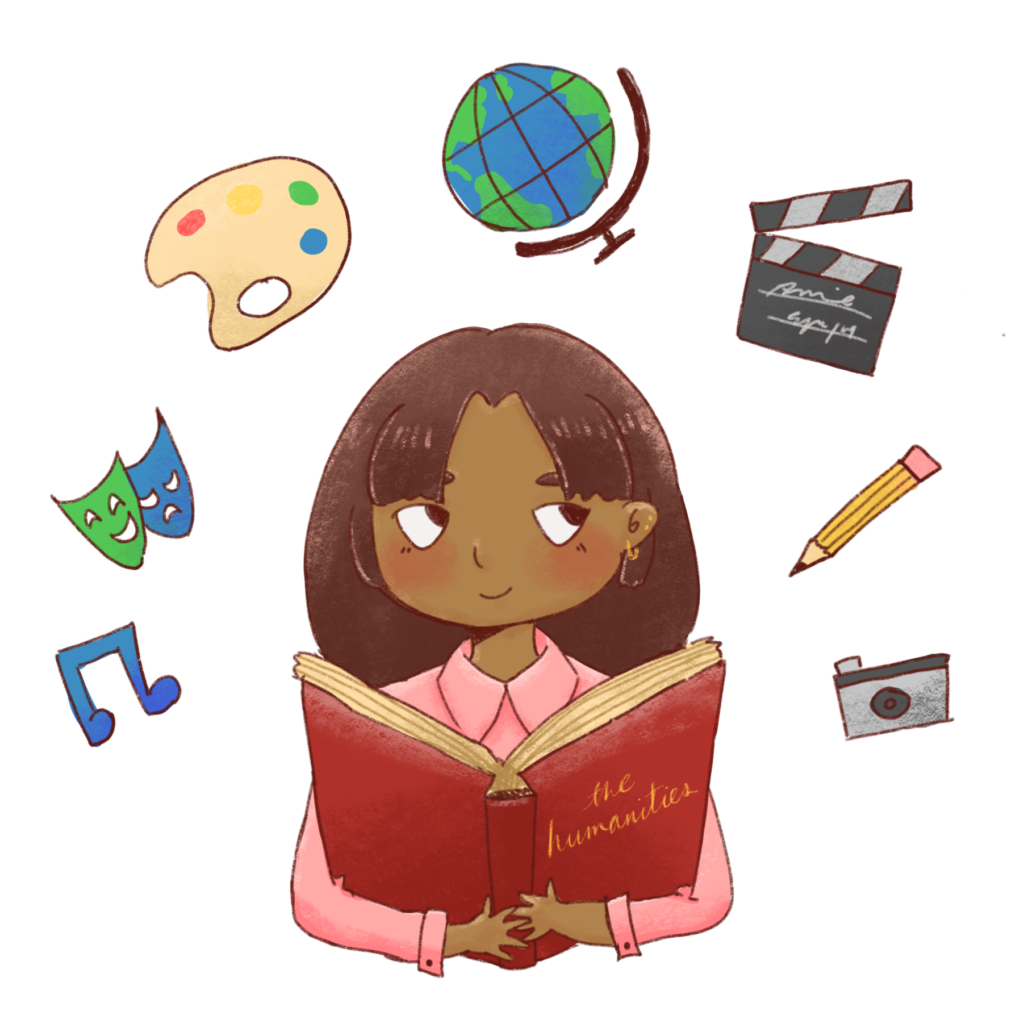Portraiture projects have emerged as a powerful medium to convey social justice and inspire change, as highlighted by the impactful works of renowned artist Robert Shetterly. Launching initiatives like “Americans Who Tell the Truth” and the Harvard Foundation Portraiture Project, Shetterly aims to amplify the voices of those who champion gender equity and advocacy. Through his evocative portraits, these projects celebrate underrepresented figures who embody courage and resilience in the face of adversity. They not only enhance campus representation but also provoke meaningful conversations around societal issues. This enlightening exploration of portraiture serves as a testament to the transformative power of art in fostering awareness and inspiring action.
Portraiture initiatives represent a profound intersection of artistry and advocacy, breathing life into the stories of individuals committed to equity and justice. These visual storytelling projects, much like Shetterly’s “Americans Who Tell the Truth,” empower audiences to engage with the narratives of courageous changemakers. By highlighting the importance of diverse representation, these works invite viewers to reflect on the significance of social movements and the fight for gender equality. Moreover, they serve as a reminder that art can be a catalyst for dialogue, prompting society to honor and uplift the most marginalized voices. Through this creative lens, portraiture projects illuminate the necessity of solidarity in the ongoing quest for a just world.
The Impact of Portraiture Projects on Representation
Portraiture projects such as Robert Shetterly’s “Americans Who Tell the Truth” and the Harvard Foundation Portraiture Project significantly impact society by increasing representation for marginalized voices. These initiatives focus on capturing the essence of individuals who have made substantial contributions to social justice and equity. When spectators engage with these portraits, they aren’t merely observing artworks; they are experiencing stories of courage and resilience that have often been overlooked in mainstream narratives. By elevating these voices, Shetterly and his counterparts create a dialogue around the principles of representation and the need for diverse narratives in the cultural tapestry of our society.
The significance of these portraiture projects transcends aesthetic appeal. Each painting serves as a powerful reminder that the journey toward gender equity and social justice is fraught with challenges, yet illuminated by the acts of bravery exhibited by changemakers. The Harvard Foundation Portraiture Project complements Shetterly’s work by spotlighting individuals from various backgrounds who have played pivotal roles in advocating for rights and equity. By showcasing these portraits in public spaces, the projects encourage viewers to reflect on their relationships with history, identity, and the ongoing pursuit of justice.
Robert Shetterly’s Artistic Approach to Social Justice
Robert Shetterly’s method of painting goes beyond traditional portraiture; it is a medium through which he advocates for social justice and awareness of critical contemporary issues. His works often feature personal anecdotes and profound quotes from each subject, inviting viewers to delve deeper into the narratives behind the faces they see. By utilizing a unique technique that incorporates quotes physically as part of the artwork, Shetterly redefines how audiences experience portraits. He draws people in, encouraging them to slow down and truly reflect on the lives and contributions of those depicted, including remarkable women who strive for gender equity.
Shetterly’s commitment to social justice is evident in his choice of subjects. Each portrait carries a story of resistance against injustices, intertwining historical and current events. The inclusion of champions of gender equity and social justice, such as civil rights activists and influential artists, emphasizes the role of art in sparking conversations about change. This focus on creating visual legacies for these heroes underscores Shetterly’s belief that art is not only a reflection of society but also a catalyst for dialogue and action, inviting viewers to join the movement towards a more equitable future.
Celebrating Feminine Excellence in Portraiture
The recent exhibition celebrating women through the lens of Robert Shetterly’s portraiture highlights the ongoing struggle for gender equity and the crucial roles women have played in promoting social justice. Spotlighting figures like Pauli Murray and Rosa Rios, this showcase amplifies the voices of women who have often been relegated to the background in historical narratives. Each portrait serves as a tribute to the courage and resilience exhibited by these women, allowing them to inspire future generations. By recognizing their contributions, the exhibition asserts that the fight for gender equity is a collective endeavor, shared amongst all individuals striving for justice.
Through the portraits on display, viewers are invited to explore the lives and legacies of these incredible women, each possessing a unique story intertwined with the overall narrative of change. The artworks celebrate not just their achievements but also their struggles, thereby acknowledging the complex dynamics surrounding women’s representation in society. This event, part of the broader conversation on gender equity, illuminates the importance of solidarity among women and their allies, encouraging a renewed commitment to advancing societal change through mutual support and a shared vision of justice.
The Role of Quotes in Portraiture: A New Perspective
Incorporating quotes into portraiture has emerged as a powerful tool used by Robert Shetterly to create a deeper engagement between the artwork and the audience. By carving meaningful phrases above the likeness of each subject, Shetterly shifts the viewer’s focus from merely judging the visual aspect of the portrait to reflecting on the subject’s words and what they represent. This technique invites spectators to explore not only the artistic qualities of the work but also connect emotionally with the stories and struggles of those depicted. It serves as a reminder that the portraits are not just static images, but living narratives steeped in wisdom and life experiences.
The decision to include quotes goes beyond aesthetics; it emphasizes the ‘why’ behind each painting, framing the subjects as thought leaders in their respective fields. The incorporation of their powerful words acts as a call to action, urging viewers to consider how they can contribute to social justice and equity. By choosing quotes that resonate with contemporary issues, Shetterly manages to forge a connection between the historical context of the subjects and the ongoing struggles for gender equity and social justice today. Ultimately, this poignant approach transforms each portrait into a visual manifesto of change.
The Legacy of Americans Who Tell the Truth
Robert Shetterly’s series, “Americans Who Tell the Truth,” is more than an art collection; it is a legacy of activism that honors those who dare to speak out against injustice. Each painted figure embodies a principle of courage that challenges societal norms and strives for truth, dignity, and equity. By aligning their stories with personal messages of activism, Shetterly encourages viewers to reflect on their own roles as agents of change within their communities. The project ignites a movement, reminding us that telling the truth can sometimes necessitate facing significant opposition.
This ongoing effort resonates deeply in today’s climate, as debates surrounding gender equity and social justice become increasingly prominent. The portraits not only celebrate the past heroes of these movements but also inspire contemporary activists to continue fighting for these essential values. It serves as a call to action, urging listeners to join the ongoing discussion about equity and integrity in society, making Shetterly’s work not only a reflection of history but a beacon guiding us towards a just future.
The Significance of Multidimensional Storytelling in Art
Multidimensional storytelling is a hallmark of Robert Shetterly’s portraiture, intertwining visual art with the narratives of real-life activists. This approach allows viewers to engage with the subjects in a deeper manner, moving beyond superficial perspectives. Each portrait is crafted meticulously to convey not just the likeness of the individual but also the essence of their accomplishments and struggles. This form of storytelling creates an immersive experience, where art becomes a channel for historical and contemporary voices advocating for change, fairness, and social justice.
As audiences confront these layered narratives, they are more likely to connect personally with the themes of courage and resilience that run through the portraiture projects. The legacy of figures represented can stir emotions and provoke thoughts on one’s own position within the contexts of social justice and equity. By utilizing portraiture as a tool for multidimensional storytelling, Shetterly reinforces the idea that art can foster empathy and inspire action regarding the ongoing battles for rights and representation—including gender equity.
Exploring Artistic Techniques in Shetterly’s Work
Robert Shetterly’s artistic techniques play a significant role in conveying the messages behind his portraits. By painting on wood panels and integrating personal items or symbols that resonate with each subject, he achieves a sense of intimacy and authenticity. The textures and materials used not only amplify the visual impact of the portraits but also contribute to the emotional weight they carry. This thoughtful methodology enhances the viewer’s experience, allowing for a connection between the art and its broader themes of social justice and representation.
Furthermore, Shetterly’s innovative choice to carve quotes into the wood rather than painting them directly adds a physicality to the messages, reinforcing that these voices are embedded in the very fabric of the artwork. This tactile approach urges viewers to engage with the quotes more thoughtfully, impacting how they perceive both the artwork and the individual it represents. By blending both technical skill and a profound narrative focus, Shetterly not only celebrates the individuals depicted but also cultivates an environment for dialogue about gender equity and social justice in the arts.
Creating Conversations through Art Exhibitions
Exhibitions like “Seeing Each Other” serve as vital platforms for stimulating conversations around gender equity, representation, and social justice through art. By bringing Robert Shetterly’s portfolio alongside other contributions from artists focused on these themes, the exhibit encourages diverse perspectives and mutual understanding. Each portrait becomes a focal point for discussion, allowing audience members to engage with the narratives and histories behind these figures actively. This communal exploration of art fosters an environment where dialogue about personal and social histories can flourish.
Moreover, such exhibitions spotlight the importance of collaborative ventures between institutions like the Harvard Foundation and various artistic initiatives. By working together, they create a shared space for conversation and learning that is more enriching than isolated experiences. These events not only highlight the artworks on display but also inspire attendees to reflect critically on their roles within the fight for equity. By facilitating discussions that bridge history with contemporary relevance, art exhibitions become powerful catalysts for educational growth and social change.
Frequently Asked Questions
What are portraiture projects and how do they relate to social justice?
Portraiture projects, like those initiated by Robert Shetterly and the Harvard Foundation, utilize the art of portrait painting to tell stories that highlight social justice and underrepresented voices. These projects aim to elevate individuals who embody courage and advocate for change, thereby contributing to movements for equality and justice.
How does Robert Shetterly’s ‘Americans Who Tell the Truth’ project align with gender equity?
Robert Shetterly’s ‘Americans Who Tell the Truth’ series showcases individuals, including many women leaders, who have fought for gender equity and social justice. By depicting their stories, Shetterly emphasizes the importance of recognizing and addressing gender disparities in society.
What role does the Harvard Foundation Portraiture Project play in promoting diverse narratives?
The Harvard Foundation Portraiture Project aims to diversify the representation of people depicted in artwork across Harvard’s campus. It enhances visibility for marginalized groups by celebrating their achievements and contributions, thus promoting a richer understanding of social justice and community.
How can portraiture projects inspire change in society?
Portraiture projects inspire change by visually narrating the stories of individuals who advocate for social justice, gender equity, and other important causes. These artworks encourage viewers to engage with the subjects’ messages and legacies, fostering a deeper understanding of the struggles and triumphs within each community.
What inspiration led Robert Shetterly to start his portraiture projects?
Robert Shetterly was motivated to start his portraiture projects as a response to the U.S. government’s actions during the Iraq War. He sought solace in painting figures who exemplified courage and integrity, ultimately creating a body of work that highlights individuals fighting for social justice and equity.
How do portraiture projects educate viewers about social justice issues?
Portraiture projects educate viewers by providing a visual context for the struggles and achievements of individuals involved in social justice movements. Through engaging conversations sparked by the artwork, audiences can explore critical themes such as gender equity and representation.
What is the significance of including quotes in Shetterly’s portraits?
Including quotes in Shetterly’s portraits adds depth and context to the visual representation, encouraging viewers to reflect on the subjects’ words and their implications for social justice. This technique not only enhances the emotional resonance of the artworks but also promotes a deeper engagement with the stories being told.
What can visitors expect from the exhibition featuring Harvard Foundation and Shetterly’s portraits?
Visitors to the exhibition featuring Harvard Foundation portraits and Robert Shetterly’s work can expect an inspiring display of artwork that highlights influential figures in social justice and gender equity. The exhibition fosters discussions about the importance of representation and recognizes the contributions of both historical and contemporary changemakers.
How do portraiture projects contribute to discussions on gender equity during events like Women’s Week?
During Women’s Week, portraiture projects spotlight influential women who have made significant contributions to gender equity and social justice. By showcasing their stories and achievements, these projects reinforce the importance of women’s roles in advocating for change and inspire ongoing dialogue around equality.
What techniques does Robert Shetterly use in his portraiture projects?
Robert Shetterly employs various techniques in his portraiture projects, including painting on wood panels with brushes and palette knives. He also carves quotes from his subjects into the wood, enhancing the emotional weight of the work and inviting viewers to connect more deeply with the portrayed individuals.
| Key Points | Details |
|---|---|
| Exhibition Theme | Explores hope, change, and representation through portraiture. |
| Artists Involved | Robert Shetterly and Brenda Tindal, along with several other contributors. |
| Notable Portraits | Features portraits of influential women like Rosa Rios, Pauli Murray, and Sherrilyn Ifill. |
| Purpose of Artwork | Used to amplify overlooked voices and encourage social justice through storytelling. |
| Interactive Elements | Quotes incised into portraits to encourage viewers to engage deeply with the artwork. |
| Audience Engagement | Designed to provoke lasting reflections during fleeting gallery visits. |
Summary
Portraiture projects are essential in showcasing the stories of remarkable individuals and amplifying their voices. This initiative not only brings light to unrecognized figures but also combines art with activism, compelling viewers to engage on a deeper level. The exhibitions promote social justice and inspire audiences to appreciate the courage of those who challenge societal norms and advocate for change. Through meaningful portraiture, these projects effectively transcend mere representation, fostering a dialogue that critically examines our shared history.



